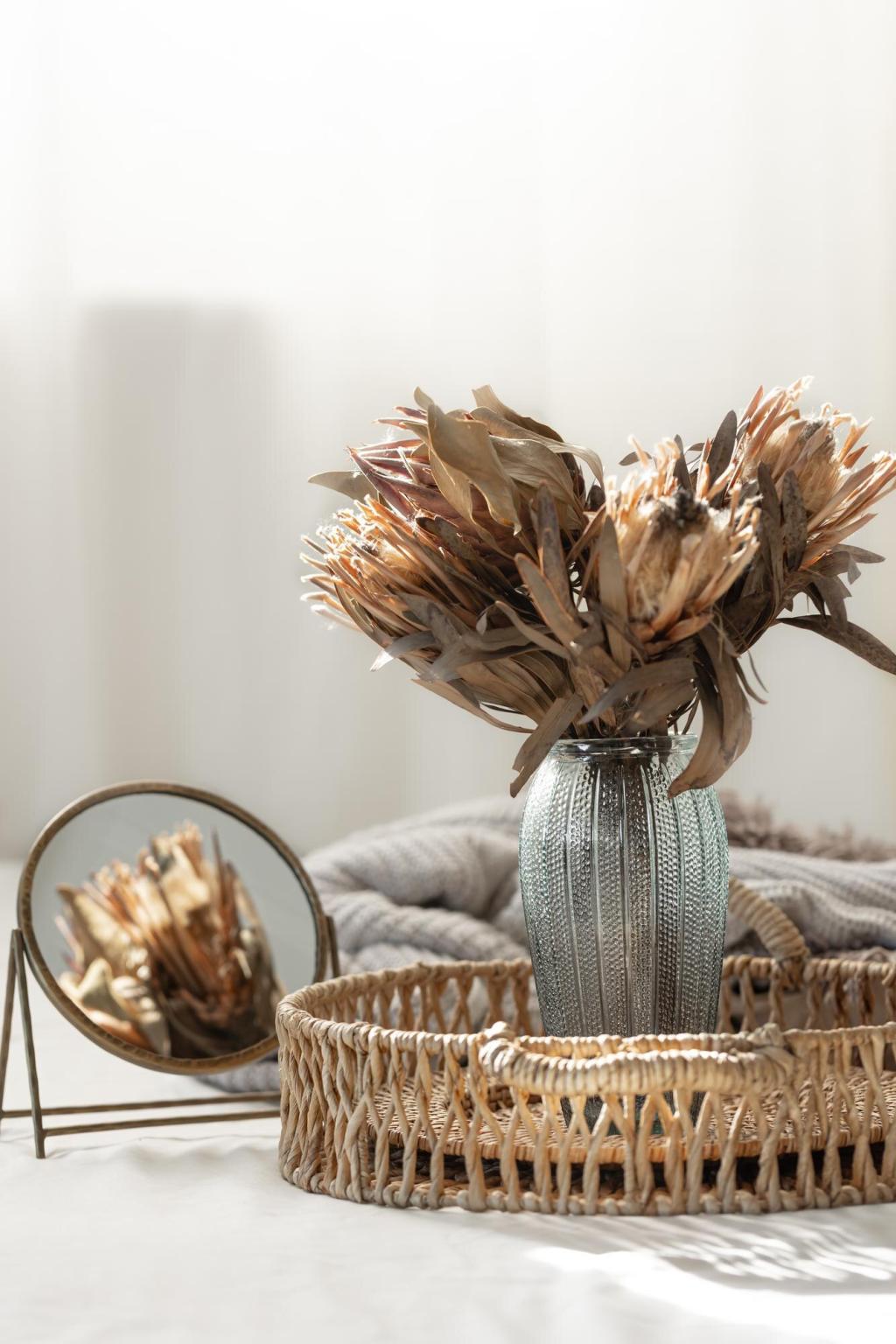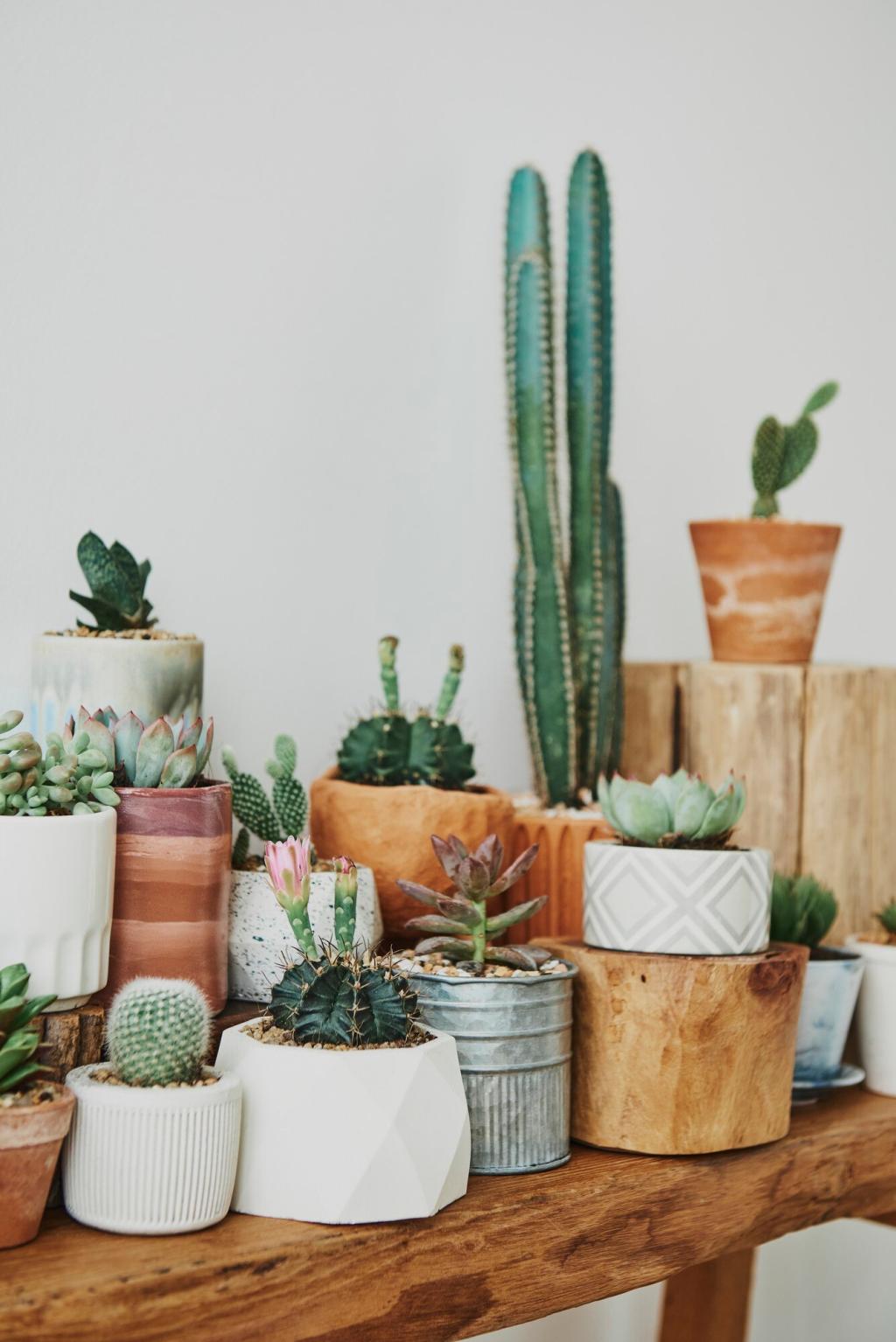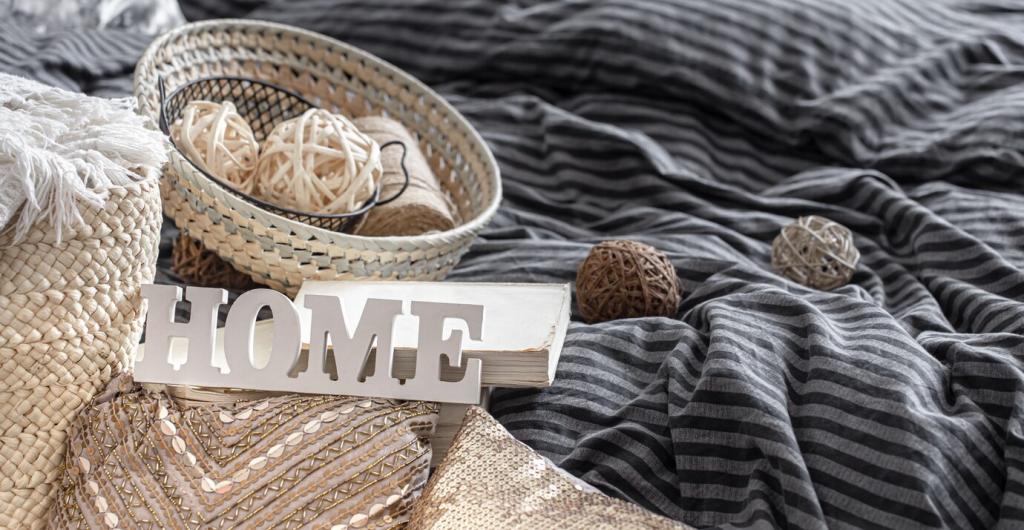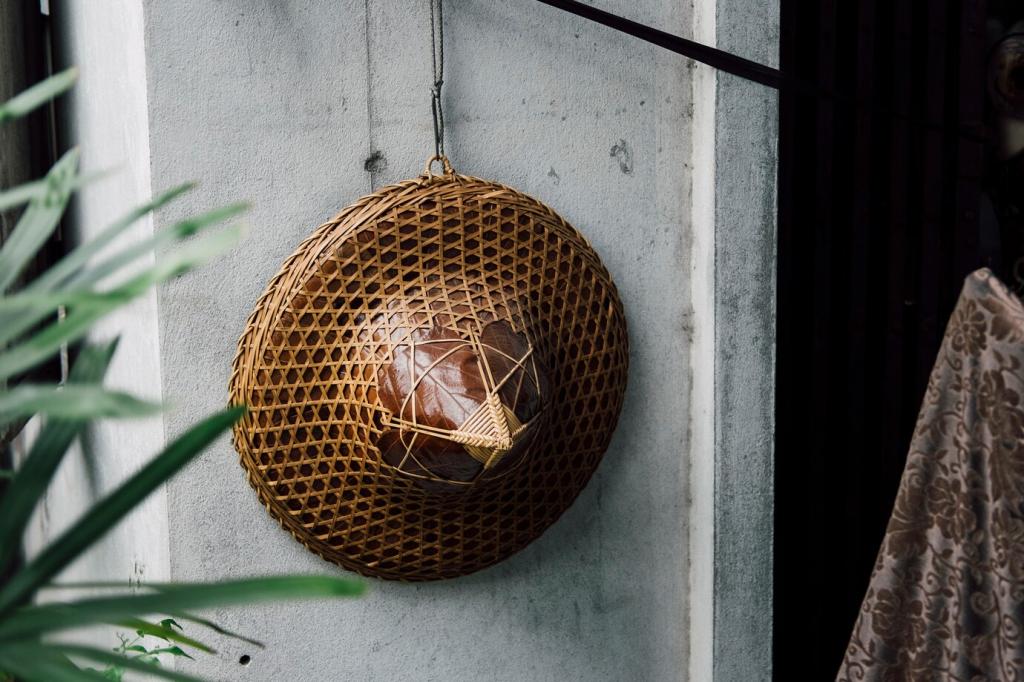Organic Textiles for Eco-Conscious Interiors
Chosen theme: Organic Textiles for Eco-Conscious Interiors. Step into a softer, cleaner home where materials honor the earth, comfort meets integrity, and every woven thread supports a healthier way of living. Subscribe to follow our ongoing textile journeys and room-by-room guides.

Why Organic Textiles Belong in Eco-Conscious Interiors
Organic textiles begin with healthier soils, fewer synthetic pesticides, and safer processing. When fibers are grown and handled responsibly, the result is furniture covers, curtains, and bedding that feel honest, perform beautifully, and leave a lighter footprint at home.
Selecting the Right Organic Fabrics
Organic Cotton Essentials
Soft yet durable, organic cotton excels in sheets, duvet covers, and washable cushion cases. Choose tighter weaves for hardwearing slipcovers, and lighter percales for breathable bedding. Tell us which cotton weave you love and why, so we can feature your tips.
Linen and Hemp for Lived-In Elegance
Linen and hemp relax into graceful textures that age beautifully. Hang them as curtains for dappled light, upholster benches for robust everyday use, or layer table runners for casual dinners. Our readers often share that these fabrics make rooms feel effortlessly grounded.
Organic Wool and Plant-Fiber Blends
Organic wool throws add temperature balance and comforting heft without excessive weight. Pair jute or seagrass rugs with cotton cushions for inviting contrast. If you prefer gentler hand feel, look for blends that soften texture while preserving durability and structure.
Color the Home Naturally
Plant-Based Palettes
Natural hues from indigo, madder, and walnut shells bring soulful depth and subtle variation. Embrace small tonal shifts as part of the charm. Share photos of your favorite plant-dyed pillows, and we may spotlight your palette in a future inspiration roundup.
Low-Impact Dyes and Safety
GOTS approved low-impact dyes prioritize restricted substances and responsible processing while delivering reliable colorfastness. Expect fewer off odors and stronger wash performance. Always wash dyed textiles gently before first use to set color and release any residual particles.
Neutrals with Depth
Undyed ecru cotton, creamy wool, and natural flax offer a quiet foundation. Elevate neutrals with visible weaves, slubs, and fringe. Layer different textures in similar tones so the room feels cohesive yet full of tactile interest that invites touch.
Designing Rooms with Organic Textiles
Begin with an organic cotton slipcover that can be laundered seasonally, then add hemp cushion covers and a wool throw for warmth. A reader told us weekend guests noticed the calmer feel immediately, crediting the softer textures and filtered light.

Designing Rooms with Organic Textiles
Choose breathable percale for crispness or organic sateen for silky glide. Linen duvet covers drape beautifully and regulate temperature. Keep patterns minimal, letting texture lead. Want our bedtime checklist for textiles and air? Subscribe and we will send it.


Care, Repair, and Longevity
Use cool water, a mild detergent, and slower spin cycles to reduce stress on fibers. Air dry when possible, then tumble briefly to soften. Small labels can be bulky, so trim carefully and store care notes in your phone for easy reference.
Care, Repair, and Longevity
Visible mending celebrates longevity. Patch a worn linen napkin with plant dyed cotton, or darn a wool throw with a contrasting thread. Share before and after photos with our community, and inspire others to keep cherished pieces in circulation.

